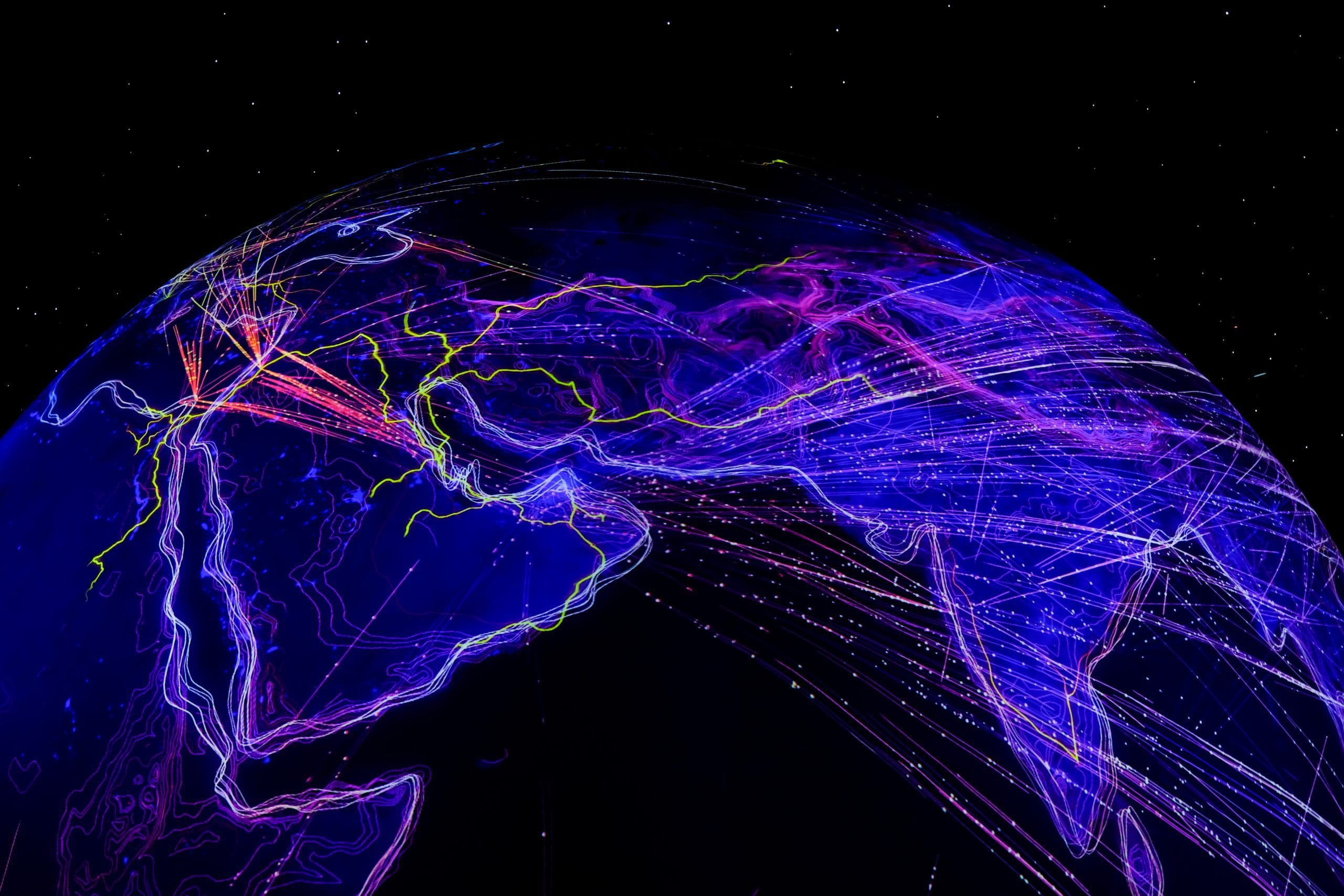


How Translation Tech Is Changing Cross-Border Retail

International expansion used to come with massive translation costs, complicated logistics, and the constant worry of brand message getting lost across cultures. But recent advances in translation technology have taken much of the friction out of going global. Retailers no longer need to build separate websites for each market or depend entirely on human translators to manage product descriptions, customer service scripts, or checkout flows.
Translation is no longer a back-office task. It sits at the center of customer experience, branding, and conversion. The retailers that recognize this shift are quickly gaining a competitive advantage in international markets. As online commerce continues to erase geographic boundaries, being multilingual is more than an option—it is a growth strategy.
The Shift from Static to Real-Time Translation
Traditional translation efforts involved static content handled by professional linguists, often on a per-project basis. This process was accurate, but it came at a steep cost and could not keep up with the speed of modern retail. Product descriptions, seasonal campaigns, customer reviews, and FAQ updates change frequently. Translating every single update manually is not scalable.
This is where real-time translation platforms like Weglot, Phrase, and Lokalise have stepped in. These tools automatically detect new content on a website or app and translate it into multiple languages using a mix of machine translation and human editing. For businesses looking to scale across Europe, Asia, or Latin America, it means faster rollout and more cohesive experiences.
The integration of translation technology with content management systems like Shopify, Magento, and WordPress makes implementation relatively simple. A business can add multiple language versions of its site without needing to rebuild its architecture or hire large language teams.
Customer Expectations Are Shifting
As buyers get more comfortable shopping internationally, their expectations around localized content are rising. It is no longer enough to have a translated homepage. Product details, shipping policies, return terms, and support channels must also speak the customer’s language—both literally and culturally.
A shopper in France does not just want to see the product name in French. They want to read user reviews written in natural, idiomatic French. They want local currency displayed by default. They want delivery timelines in their time zone and measurements in familiar units.
This level of localization used to be reserved for the largest global players. Today, even mid-sized retailers are making these adjustments with the help of translation platforms that support glossaries, cultural customization, and AI-assisted personalization.
Reducing Friction at Checkout
One of the biggest places translation makes a measurable impact is during checkout. Cart abandonment spikes when customers do not feel confident about the language, currency, or shipping terms. Confusion at this stage is one of the most costly problems for international retailers.
Companies like Checkout.com and Shopify Plus offer features that allow retailers to not only translate the checkout process, but to present localized payment methods. This includes things like iDEAL for Dutch shoppers, Klarna in Germany, or Boleto Bancário in Brazil. Offering these in the local language with clear instructions helps boost conversion rates significantly.
Translation tech, when combined with localized payment integration, makes the customer feel like they are shopping from a regional brand—not a foreign one.

Building Trust Through Multilingual Customer Support
Another key area translation tech is reshaping is customer support. Retailers expanding internationally often find that pre-sale questions, post-purchase support, and return requests require multilingual support teams. However, staffing full teams in each language is expensive and difficult to manage.
Tools like Unbabel are solving this with AI-driven customer service translation. Support tickets written in Portuguese can be routed to an English-speaking agent, translated in real time, and sent back to the customer in their native language with minimal delay. This opens up 24/7 multilingual support without needing to build separate teams for every market.
As support quality becomes a brand differentiator, being able to communicate clearly and quickly in the customer’s preferred language is a powerful asset. Translation helps reduce confusion, shortens ticket resolution times, and increases satisfaction scores.
Expanding into New Markets Without Starting From Scratch
Translation tech also allows for experimentation in new markets. A retailer that wants to test the waters in South Korea or Mexico can create localized content and see how traffic and sales respond—without needing to launch a full regional office.
Companies like Glopal and Flow offer cross-border ecommerce infrastructure that includes translation, tax calculation, and localized shipping options. This lets a retailer explore growth in international markets using existing infrastructure.
The ability to experiment with new geographies at relatively low cost is a significant development. Instead of spending months preparing for a launch, a brand can start building localized traffic within weeks and decide whether further investment makes sense.
How AI Is Enhancing Accuracy and Cultural Sensitivity
A concern for many businesses is that machine translation might introduce errors or tone mismatches. That risk is real—but it is shrinking. AI-driven tools like DeepL are now widely considered to be more accurate than older systems like Google Translate, especially for European languages.
Even so, human oversight remains important. Many translation tech platforms now incorporate workflows that allow in-house teams or external reviewers to edit AI-generated text for tone, clarity, and cultural relevance. It is not just about literal translation—it is about making the message feel authentic to the audience.
Some platforms offer adaptive learning, which means the more a company uses it, the better the output becomes. Terminology, voice, and product-specific language are retained across future translations. This helps maintain consistency as the business grows.
Branding and Identity in a Multilingual World
Brand identity can be one of the trickiest aspects of translation. A word-for-word translation might preserve meaning but lose nuance or tone. Slogans, taglines, and even product names do not always translate cleanly. In some cases, a literal translation could even offend or confuse the intended audience.
This is why many companies are investing in transcreation—a combination of translation and creative rewriting designed to protect the brand voice across languages. Agencies like Lionbridge and Smartling offer these services as part of broader localization packages.
Retailers looking to expand globally must think not just about language, but about how the brand itself feels in different markets. Translation is part of that identity management, making sure a brand known for humor, luxury, or sustainability still communicates those traits in Mandarin, German, or Arabic.
The Role of Translation in SEO and Discovery
Search engine optimization is another layer where translation plays a vital role. If a company wants to be found by Spanish-speaking shoppers in Argentina, it needs more than just a translated homepage. It needs metadata, alt text, and product keywords optimized for the local language and phrasing.
Automated translation tools now come with SEO plugins that allow businesses to track performance of translated content in specific countries. This helps prioritize the pages and terms that matter most for international growth.
Translating your site may bring initial visitors, but optimizing for local search intent keeps them coming back. This is especially important for ecommerce brands that rely heavily on organic traffic.
Final Thoughts
Translation technology is no longer an afterthought—it is becoming a core part of global retail strategy. As companies look to expand across borders, connect with diverse audiences, and build trust in unfamiliar markets, the ability to speak clearly and naturally in multiple languages is more than a courtesy—it is a business imperative. With the rise of AI, automation, and language integration platforms, translating your brand into the global marketplace has never been more achievable. The companies that adapt early will not only gain reach—they will gain relevance.





